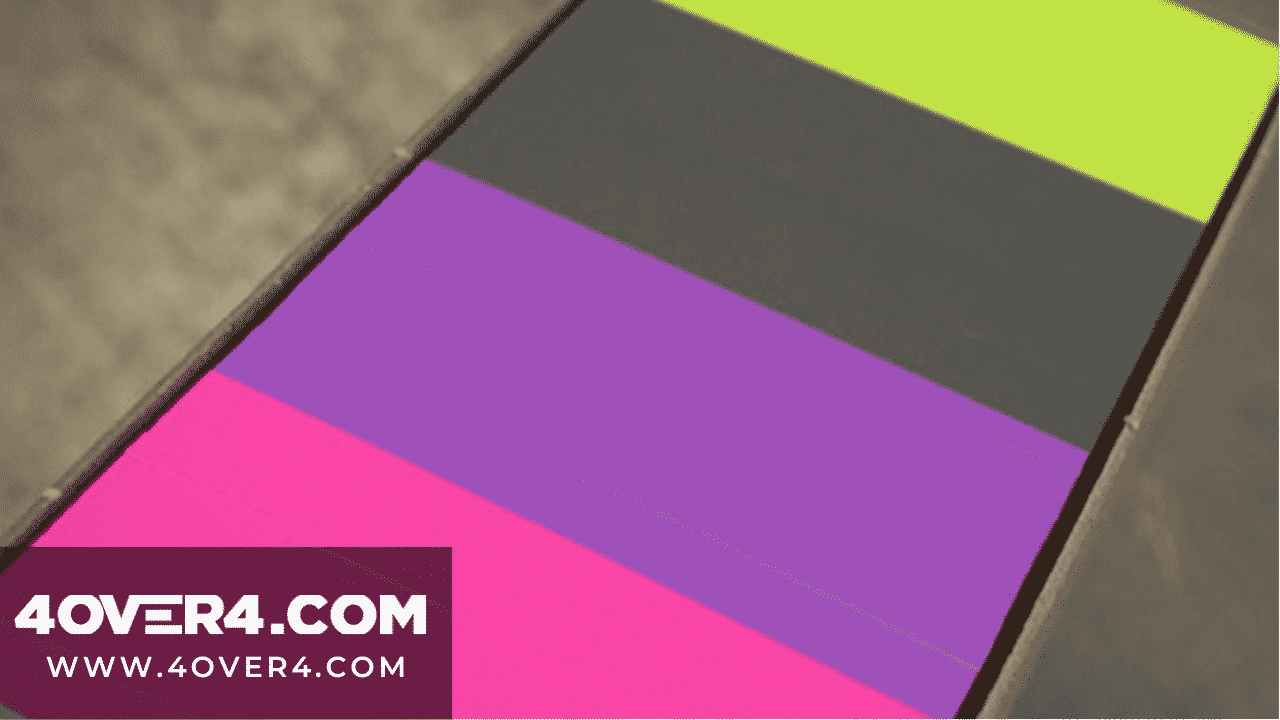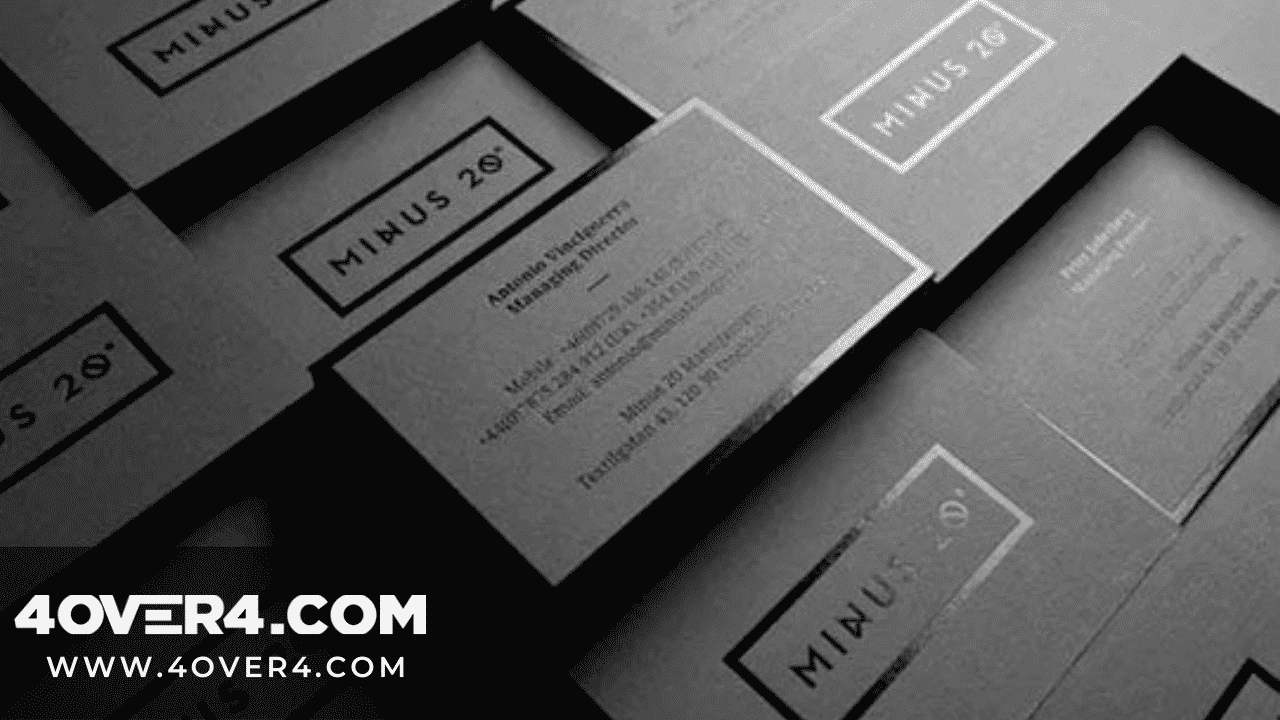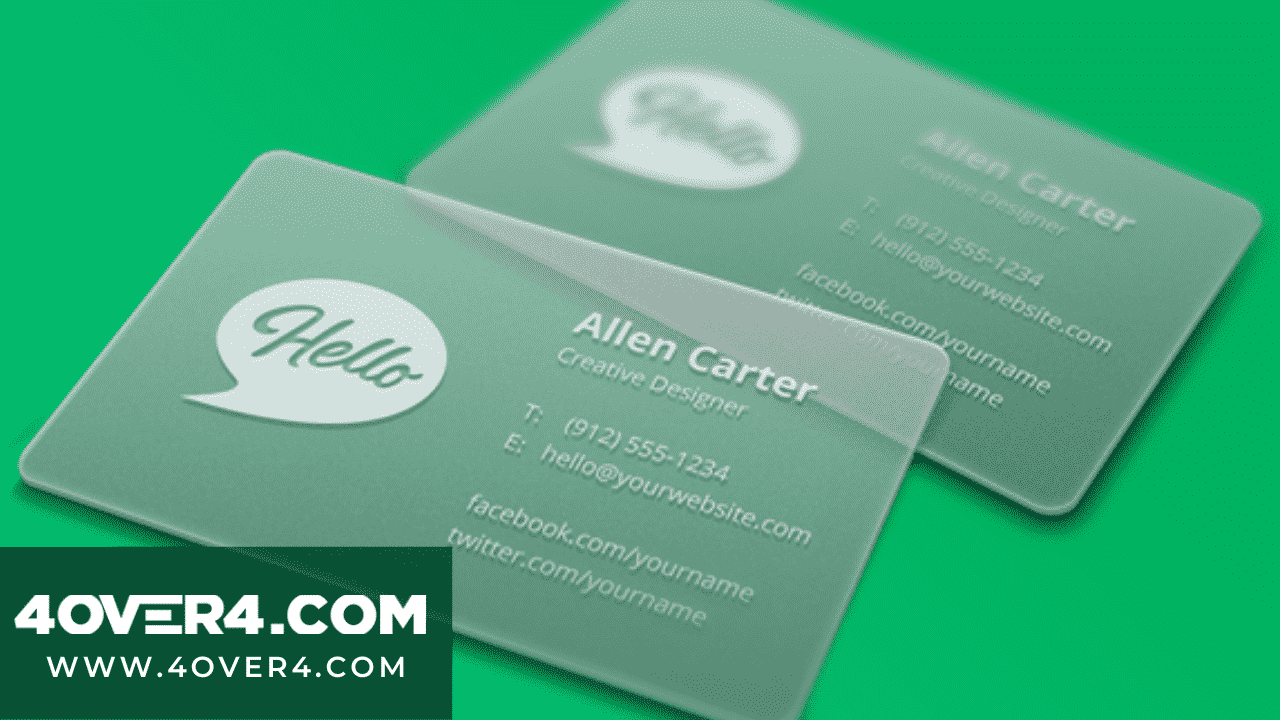You need a business card, but what cardstock or paper type option should you choose? What is the best cardstock for business cards? An important attribute is their texture, weight, and thickness. Your cardstock choice determines these attributes and the overall effectiveness of your cards.
Business prospects form an impression of our business after receiving marketing material from us. Likely, you have made important conclusions after receiving a business card too. But don't leave your first impression to chance anymore.
Hence, we'd see how you can choose the best cardstock for your business prints, so you convey the exact conclusions you want prospects to reach.
Types of Paper for Business Cards and their features

There are plenty of paper options to pick from when you make business card orders online. But we’d talk about the popular business cards paper type and their particular use case.
online. But we’d talk about the popular business cards paper type and their particular use case.
These cardstock types include:
-
Card stock
-
Matte stock
-
Glossy stock
-
Photo card stock and
-
Textured card stock
Card stock
Generally speaking, we can divide card stocks into two; coated and uncoated card stock.
Coated card stocks have a shiny and smooth texture. Hence, it's inconvenient to write on them. However, the card’s coating makes them more durable than uncoated card stock. Also, the shiny coating prevents the paper from absorbing too much ink, making your printed colors and images look appealing.
Coated paper stock is the best business card material for printing attractive colors and images.
Uncoated paper is the traditional card stock you can write on. Unfortunately, this cardstock does not shine and is not ideal for printing images and colors as they tend to absorb ink. But the uncoated paper stock is a great candidate for a journal.
However, uncoated card stocks are inexpensive and ideal for printing business cards in bulk. In addition, uncoated stock papers are suitable if your card lacks detailed photographs and colors.
The above card stocks are available in varying thicknesses, such as 13pt, 14pt, 16pt, 18pt, 32p, 48pt, 64pt, and 80pt.

Matte stock
Matte papers are coated; they feel soft to the touch and do not shine or reflect light like their glossy alternative. Their lack of glare means they are readable even under bright light. In addition, matte card stock allows you to write on them.
However, colors and pictures do not pop on matte card stock. Matte card stocks are best for a subtle design that doesn't need to be attention-grabbing and for lengthy text pieces so your texts are readable. Business owners that need a subtle design favor the matte finish.
Glossy stock
Glossy paper is reflective and may be unreadable under sunlight. But these card stocks are ideal for printing attention-grabbing colors and images. Glossy paper stock weighs slightly more than their matte alternative. The special coating on glossy paper stock is more durable, but writing is impossible.
Businesses use glossy paper for many print projects, such as brochures, booklets, calendars, door hangers, flyers, and posters.
Photo card stock
Photo cards have your photograph and can identify you. Photo cards are made from durable card stocks to withstand rigorous use. In addition, these stock cards are often glossy, so printed colors and photos come out sharp.
Photo card stock is the best paper for business cards with colorful text and images.

Textured card stock
We do most printing with coated or uncoated paper stock. Therefore, textured cards such as kraft business cards have a different feel. The textured paper showcases your creativity and can help you stand out from the competition. Artistic organizations favor using this kind of stock paper.
have a different feel. The textured paper showcases your creativity and can help you stand out from the competition. Artistic organizations favor using this kind of stock paper.
Besides, textured paper looks natural, and we frequently connect them with organic products. Hence, they are also popular with businesses such as restaurants, flower shops, and other organic brands.
Benefits of cardstock business cards
Card stock is the best paper for business card printing. The following reasons are why they are great.
Card stock material is customizable. As a result, printing companies offer businesses an array of card stock options to match their purpose and budget. For example, companies can add a metallic or glossy finish to their order, resulting in even more options.
Secondly, stock paper is durable and is best for creating long-lasting, professional business cards. These cards help build and maintain vital business connections

Conclusion
We sometimes wonder what paper stock to use for business cards. But as we have seen, you have options for your cardstock for business cards. But, of course, a solid choice will depend on the effect you hope to create with your cards.
On 4OVER4, we have all the cardstock options to help you create the exact feel you’d like. It doesn’t matter what paper is used for business cards; we give you options. So let’s help with your orders












